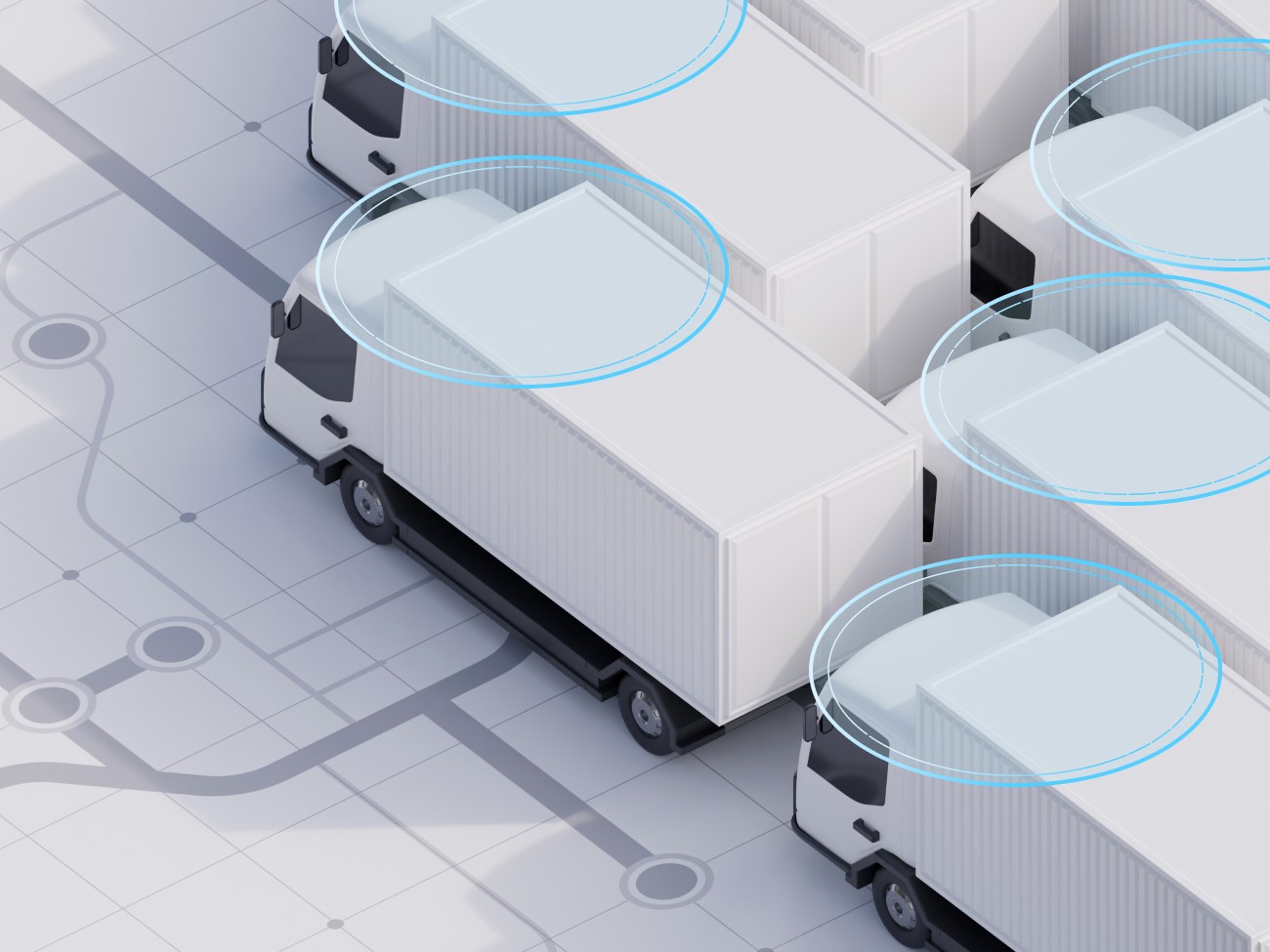
Increasingly, news reports feature stories about a wide range of entities, from corporations actively adopting or expediting the transition to electric vehicle (EV) fleets. Numerous major corporations that offer products and services and manage their own fleets are embracing this shift.
Retail giants like Amazon, Best Buy, Clif Bar, Ikea, and Verizon, as well as delivery services such as FedEx and the USPS, find it financially prudent to make the switch. While many businesses are replacing their older fleet vehicles with EVs, various incentives are encouraging even more companies to make this transition (which we'll delve into shortly).
This trend isn't limited to large corporations; individuals and smaller entities are also embracing battery-powered vehicles. Major urban centers boast extensive EV fleets. Additionally, smaller cities are proactively transitioning and seizing control of their future.
Regardless of the size of the fleet, electric vehicle adoption makes sense for small businesses as well. One of the significant advantages of transitioning to EV fleets is the scalability of its benefits.
Early pioneers of electric vehicle fleets likely experienced some trial and error, but fortunately, their initiatives have paved the way for those contemplating or initiating fleet electrification programs, offering valuable lessons for newcomers.
As adoption rates rise, it's crucial to make informed decisions regarding fleet electrification. Here are some key considerations:
- Understand your fleet's operations and routes:Effective fleet management requires a deep understanding of your fleet's movements, whether powered by gas or electricity. Analyzing GPS data helps assess travel distances and idle times. For electric fleets, factors like travel between destinations and depots and the time between charges are critical for vehicle allocation and route planning.
- Choose vehicles thoughtfully:Replace vehicles in your fleet strategically, starting with those on shorter routes with breaks at the depot. Consider factors like vehicle mileage, charging station compatibility, environmental impact, regulatory compliance, and potential auxiliary power needs when selecting specific electric vehicle makes and models.
- Evaluate costs, incentives, and ROI:Despite the perceived high costs of fleet electrification, partnering with the right entities and leveraging government incentives can significantly reduce expenses. Initial costs are offset by savings on maintenance, repairs, and fuel. Understanding the financial implications and exploring available incentives is key to making the transition feasible.
- Assess existing charging infrastructure:Reliable charging stations are vital for EV drivers. Fleet managers should consider establishing their charging infrastructure and also be aware of existing charging stations along their routes. This knowledge is invaluable during emergencies and ensures drivers can quickly access a charge when needed. The charging infrastructure is expanding rapidly, with projections indicating substantial growth by 2030.
- Involve your drivers in decision-making:Engaging your team is essential for successful fleet electrification. Educate your drivers about the advantages and functioning of electric vehicles and related infrastructure. With government initiatives aiming for half of all fleets to be electric by 2030, gaining your team's support early on is beneficial for both your business and drivers. Embracing EV fleets is a forward-looking strategy that will shape the future of transportation.